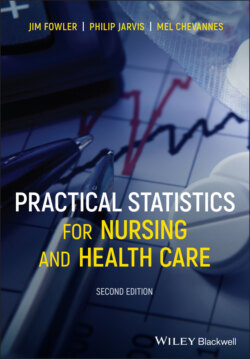Читать книгу Practical Statistics for Nursing and Health Care - Jim Fowler - Страница 22
2.10 Quota Sampling
ОглавлениеQuota sampling differs from stratified sampling in that a simple random sample is not chosen from each stratum. Instead, the sample is obtained by using the most accessible patients, as long as they represent the identified subgroups. For example, if we require details relating to 20 women patients with asthma between 30 and 50 years of age, we do not identify all individuals satisfying these criteria in the population in order to take a simple random sample of these. Rather, we simply select the first 20 individuals who present themselves and fulfil these criteria.
Quota sampling is so called because the number of sampling units (e.g. patients) required in a particular sample is referred to as the quota to be obtained. If making comparisons between different subgroups (e.g. adults and children), the sizes of the sample from each subgroup are usually decided to reflect the proportions in the population. For example, if there are twice as many adults as children in the available population, the quota of adults is twice as large as the children.
The main problem with quota sampling is that accessible individuals may not be representative of the study population. Patients who attend at their GP practice regularly may be different from those who don't, or who are unable to attend through work or other commitments.
